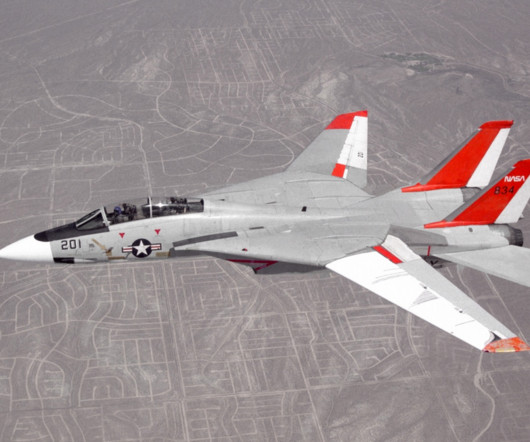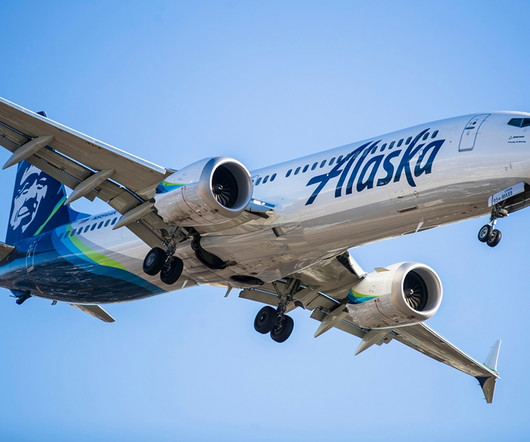Flight Test Files: Grumman F-14 Tomcat
Vintage Aviation News
APRIL 18, 2025
The F-14s unique roll control setup, which relies on differential horizontal stabilizers and spoilers rather than traditional ailerons, provided effective control at various speeds but also introduced side forces that could contribute to spin entry.














Let's personalize your content